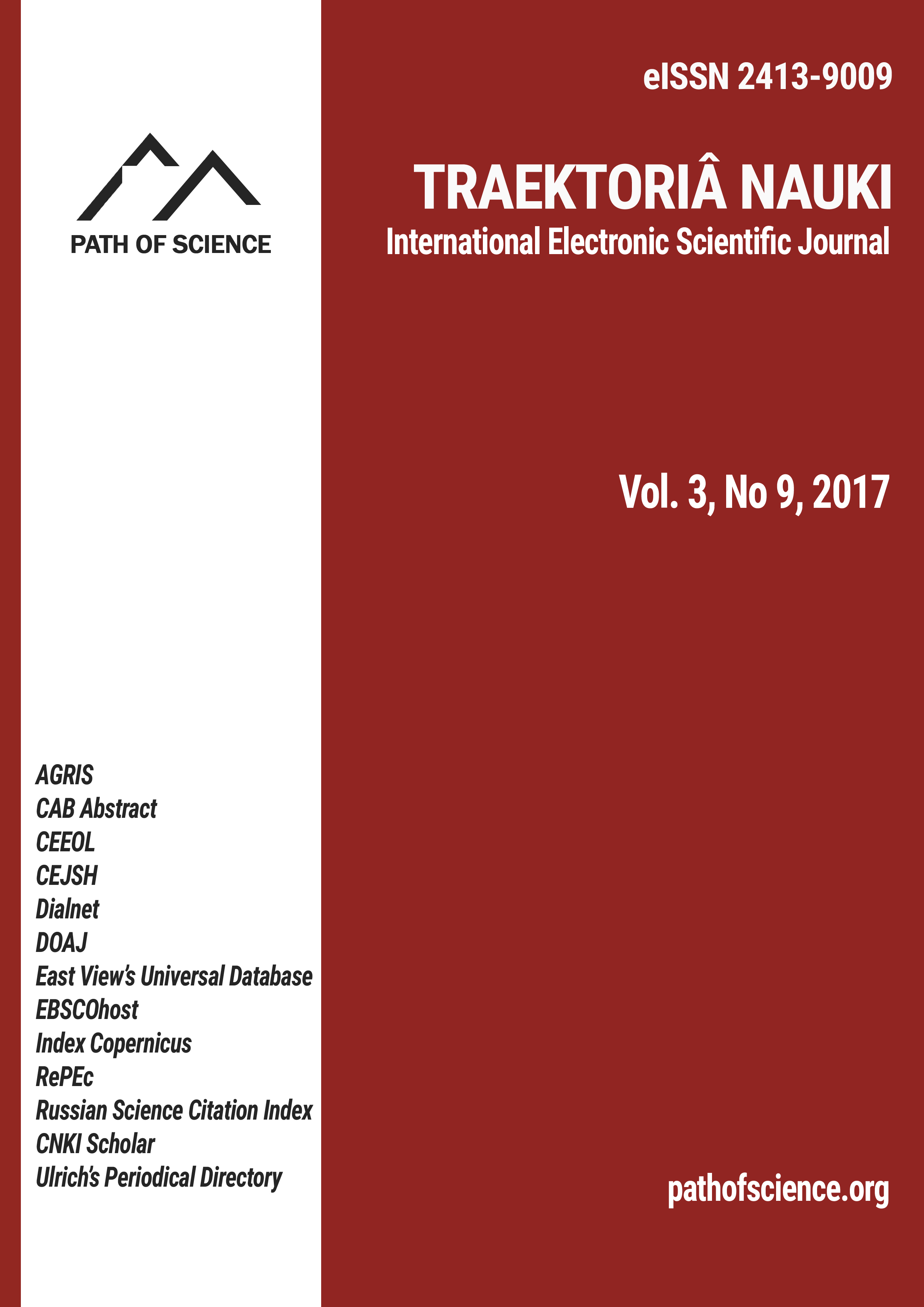Studies on Cd1Se0.6Te0.4 Thin Films by Spectroscopic and Diffractometer Characterization
Studies on Cd1Se0.6Te0.4 Thin Films by Spectroscopic and Diffractometer Characterization
Author(s): Cliff Orori Mosiori, Duke Ateyh OebaSubject(s): Energy and Environmental Studies
Published by: Altezoro, s. r. o. & Dialog
Keywords: cadmium selenide tellurium; Cd1Se0.6Te0.4 thin films; glass; chemical bath deposition;
Summary/Abstract: Cadmium selenide tellurium is a compound containing cadmium, tellurium and selenium elements forming a combined solid. Hall measurements suggest that it is an n-type semiconductor. Related optical studies indicate that is transparent to infra-red radiation. Structural studies clearly show that it has a wurtzite, sphalerite crystalline forms. Cadmium is a toxic heavy metal, and selenium is only toxic in large amounts or doses. By this toxicity, cadmium selenide is a known to be carcinogen to humans; however, this does not stop investigating it for optoelectronic applications. Current research has narrowed down to investigating cadmium selenide when in the form of nanoparticles. Cadmium selenide finds applications has found applications in opto-electronic devices like laser diodes, biomedical imaging, nano-sensing, high-efficiency solar cells and thin-film transistors. By chemical bath deposition, Cd1Se0.6Te0.4 thin films were grown onto glass. Tellurium was gradually introduced as an impurity and its crystalline structure and optical properties were investigated by XRD and UV-VIS spectroscopy. The main Cd1Se0.6Te0.4/glass characteristics were correlated with the conditions of growing and post-growth treatment and it was found out that films were homogeneous films with controllable thickness onto the glass substrate and suitable for n-type “sandwich” heterostructures applications. Comparison of the intensities of equivalent reflexions provided a test for the internal consistency of the measurements. Equivalent reflexions in two specimens differed on average by 1.4 % and 0.6% from the mean measured intensity, attesting to the high internal consistency of measurements from extended-face crystals. By comparison from data obtained from all samples showed their average deviation from the mean to be 0.9 %.
Journal: Traektoriâ Nauki
- Issue Year: 3/2017
- Issue No: 09
- Page Range: 2001-2006
- Page Count: 6
- Language: English

